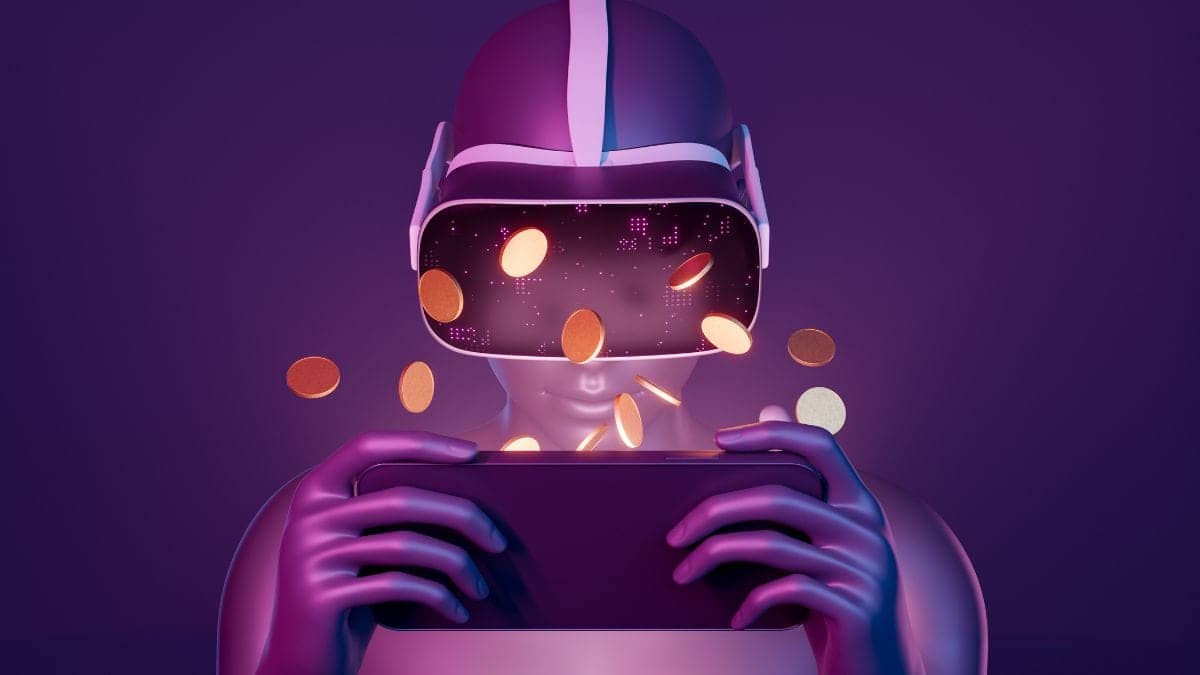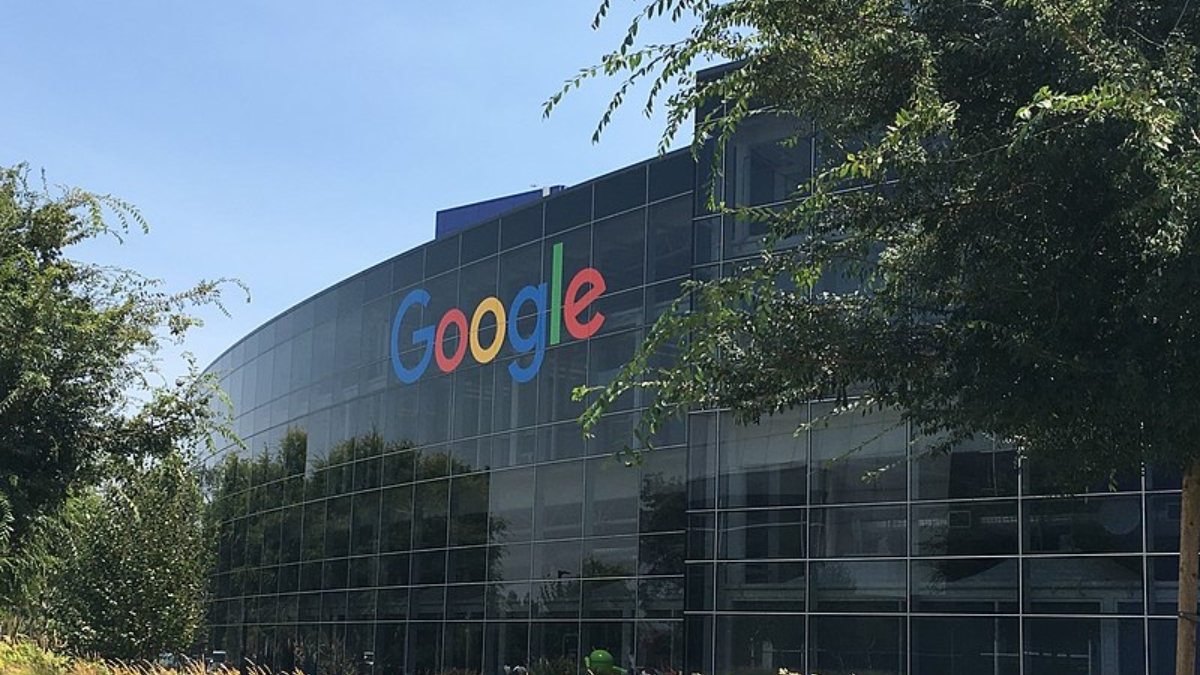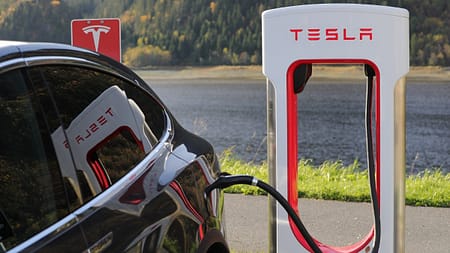What are NFTs?
Non-fungible means something that cannot be replaceable. Also known as non-fungible tokens, NFTs are unlike cryptocurrencies, which are very much fungible and can be replaced with other cryptocurrencies. Hypothetically let’s say if NFTs are to be exchanged directly, you won’t be getting the same kind of NFT in return, meaning that each NFT has its own unique identity.
NFTs work on the blockchain system. Most NFTs belong to Ethereum and can be traded via ether (the currency of Ethereum). Blockchain technology, aka distributed ledger technology, keeps track of transactions between the people concerned.
NFTs are everything digital; it could be music, audio, digital art, collectibles, photography, event tickets, and whatnot. Different cryptocurrencies have their own NFTs, and many brands have started creating their own digital collectibles, which have made NFTs easier.
Benefits of NFTs
Ownership: It is made secure by the blockchain system, where although anyone can have the asset’s copy, i.e. anyone can take a picture or download the picture of the asset. But it protects the ownership of the NFT in a way that solely the owner can own the digital piece.
For example, downloading Ariana Grande’s songs wouldn’t make you its rightful owner.
Transferring ownership on the blockchain is also easier than physically verifying and maintaining the right. The advantage of easy transfer of ownership of assets with NFTs is proven in different real-life scenarios.
Monetization: It is an excellent way for artists to sell their art digitally and thereby monetize it. The artists can get a better platform to market their art and maximize their profit by having people bid on their art, which creates a better digital platform for artists to thrive.
When these assets are resold, the NFTs can be set in a way that can help the artist earn
A certain amount of royalty is paid every time the art piece is resold after being sold by the artist themselves.
Thus, it can get multiplied returns every time it is resold (even for years)
Dynamic NFTs are constantly changing and thus can attract a lot of buyers, and hence the sellers could get a considerable amount due to its nature of not being limited within the blockchain world.
Insurance: Apart from several advantages, the smart contract has a record of ownership of the product and details of the owner, allowing compensation for the product if the owner loses their asset.
But for this, the owner has to prove the uniqueness of their asset and that they are the rightful owner. A brief history of NFTs:
A brief history of NFTs:
Before Ethereum even existed, the concept that led to the initiation of NFTs was made up in 2012 when Meni Rosenfeld, in his paper, introduced the idea of ‘Colored Coins’ for Bitcoin.
The Colored Coins reports the methods to represent and manage the RWAs (real-world assets) on the blockchain so that one can prove the ownership of the assets, which is very much like the regular Bitcoins. The difference is that it has an added ‘token’ which forms its own use, making them special and unique in its own way.
One of The setbacks of Bitcoin was that the concept of Colored Coins was not realized, but despite that, it laid the foundation for NFTs to be invented.
May 3rd, 2014, was when Kevin McCoy, a digital artist, minted the first NFT ‘Quantum’ on Namecoin (which is a blockchain system). ‘Quantum’ is a digital image of an octagon that changes colour as well as palpitate in a manner that resembles an octopus.
After these major events, a good amount of experimentation, as well as development, happened, and platforms were built on top of Bitcoin. Ethereum also started its initial journey on NFTs.
Eventually (Bitcoin 2.0) was set up and got recognized as a platform that allowed the invention of digital assets.
Memes and a host of Rare Pepes NFTs were what the counterparty platform relied on in 2016.
Despite how everything turned out, it was never meant to be used as a database for tokens representing the ownership of assets, and thus NFTs had to shift to Ethereum.
In 2017, NFTs became more mainstream and shifted to Ethereum, where cyrptopunks, a generative art, also inspired ERC-721. Cryptokittens, a virtual game that allows you to adopt, breed, and trade cats, became immensely popular.
In 2021, a digital art piece auctioned by Christie’s auction house called “Beeple’s every day: The first 5000 days” gained massive popularity on the platform and made a whooping sale of $69 Mn and helped expand the platform for a lot of artists to sell their art in a way that could prove to be very profitable to them, as well for many people involved in the investment and trading world.
By 2021, other cryptocurrencies had started making their versions of NFTs.
Timeline of 2022 NFT trade:
The timeline of sales of NFTs has indicated high instability despite it being a massive success in 2021
- In January, sales registered on OpenSea were up to $5 Bn.
- The trading seemed to slow down for months.
- That is till April, the launch of land plots of the other side and a bored ape yacht club-themed metaverse game led to a single-day record for the volume trading.
- Unfortunately, the trade volume fell from $3.3 Bn in May to just $1Bn in June.
- After this, the trade volume has yet to top $1Bn again.
- Despite the market crash, the sales nearly matched the 2021 boom.
What could 2023 be like?
With the fall in the cryptocurrency market, the trade volume of NFTs decreased as well. The trade volume may not be at its best currently, but many suggest that NFTs are here to stay. As the world continues to lean towards AI technology, NFTs will be there, benefitting from new, greater inventions.
- AI-generated arts already exist, that too legally, whether one may like it or not, it could immensely lead the market with people generating more non-human art.
- According to an article published by Cointelegraph, quite a few executives of several companies see the gaming sector becoming a hit in the marketplace.
- We may see fashion get closely associated with the world of tokenization, and we may even see more brands tokenize their physical assets.
- China has already initiated the centralization in web3, and other countries may also follow by interfering with the centralized applications.
Even if the art market may not seem as exciting, it indeed seems that the diversification of the market will bring a lot of changes in the NFT market itself. There could be changes seen in the working of Web3. Either way, the future of NFTs seems more exciting than in 2022.










